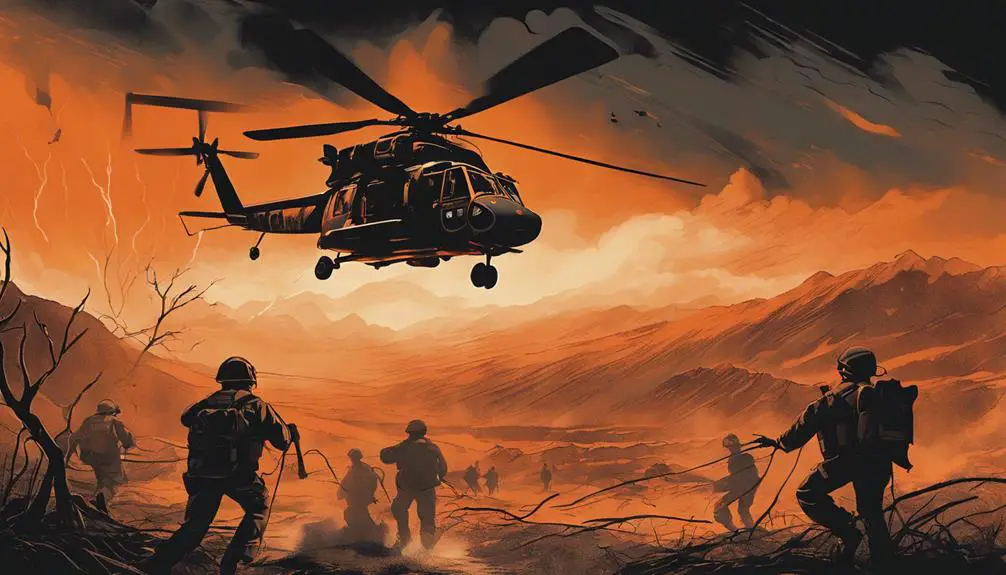When you're in a high-pressure evacuation situation, you need to communicate quickly and efficiently. That's where military slang comes in. You'll hear terms like 'evac' or 'exfil' to describe the evacuation process, 'EE' for Emergency Evacuation, and 'Medevac' for wounded personnel. 'CASEVAC' involves moving injured personnel to medical facilities, while 'Rendezvous Point' (RVP) is where evacuees gather before transport. These shorthand phrases have been developed over time to aid in rapid communication, and understanding them is essential in emergency situations. As you dive deeper, you'll discover more about the complexities of military evacuation slang.
Origins of Military Evacuation Slang
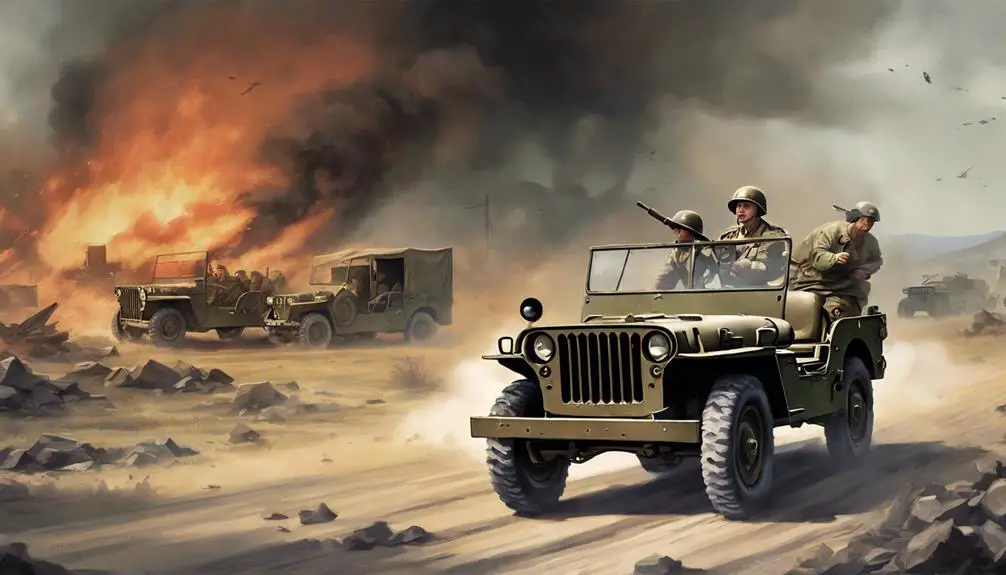
Since the dawn of modern warfare, soldiers have relied on a unique lexicon to convey critical information quickly and accurately, with evacuation slang emerging as an essential component of this specialized language. You might wonder how this language developed, especially in the context of evacuation procedures.
Military lingo development is deeply rooted in historical context analysis. During World War I, the need for efficient communication became vital as military operations expanded. Soldiers created shorthand phrases to convey complex ideas rapidly, reducing the risk of miscommunication. As military conflicts evolved, so did the language. In World War II, military slang became more sophisticated, incorporating coded messages to maintain secrecy. The Korean War introduced new terminology, reflecting the changing nature of warfare.
You'll notice that military evacuation slang is not a fixed entity but has adapted to the demands of each conflict. Understanding the historical context of military lingo development provides valuable insight into the evolution of evacuation procedures. By examining the origins of military evacuation slang, you'll gain a deeper appreciation for the significant role language plays in military operations.
Essential Evacuation Terms to Know
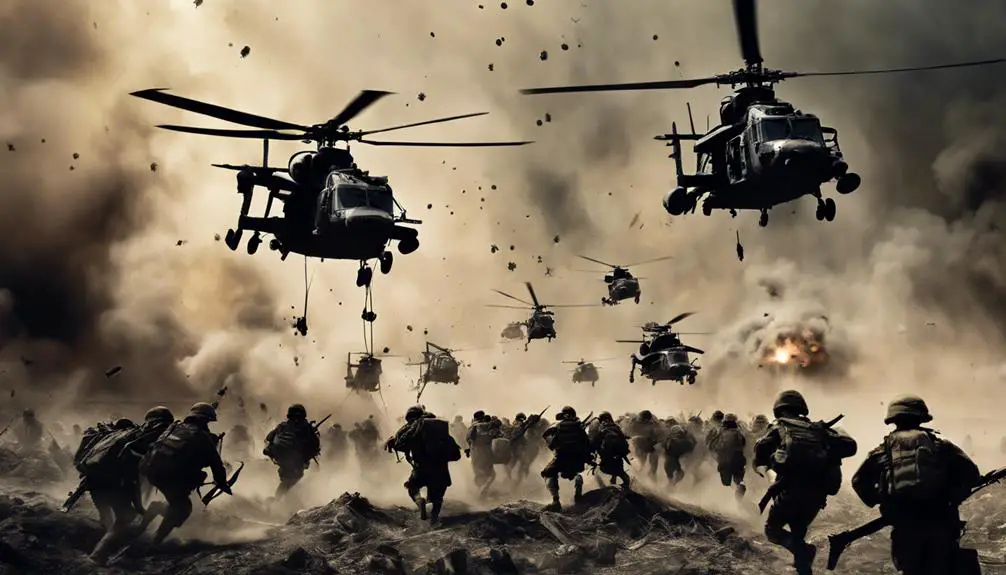
As you prepare for potential evacuation scenarios, it's vital that you're familiar with the specialized terminology used by military personnel to guarantee efficient communication and effective execution. Understanding these essential terms will make certain you're on the same page as military personnel, facilitating a smooth and successful evacuation.
Let's start with the basics. 'Evac' or 'exfil' refers to the actual process of evacuation, while 'EE' stands for Emergency Evacuation. 'Medevac' specifically refers to the evacuation of wounded personnel. 'CASEVAC' is a casualty evacuation, which involves moving injured personnel to a medical facility. It's also important to know 'Rendezvous Point' (RVP), where evacuees gather before being transported to a safe area.
Familiarize yourself with evacuation procedures, such as 'Condition Levels' (CONLs), which indicate the urgency of an evacuation. Be aware of emergency protocols like 'Alert States,' which signal the level of threat or danger. Knowing these essential terms will help you navigate complex evacuation scenarios with confidence and clarity.
Code Words for Emergency Extraction
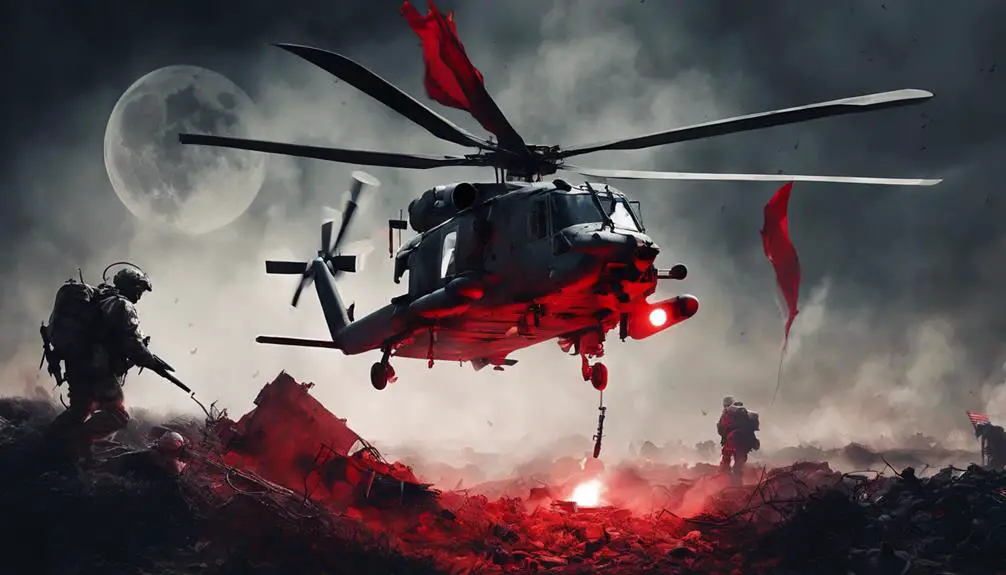
In high-stress emergency situations, you'll rely on code words to trigger swift extraction, ensuring your safety and facilitating a successful escape. Code words are an essential component of exfil protocols, allowing you to convey critical information quickly and discreetly. These words or phrases are often used in emergency comms to initiate extraction procedures, providing a secure and efficient way to communicate with your team or extraction unit.
In a high-pressure environment, every second counts, and using code words can mean the difference between life and death. For instance, you might use a code word to signal your location, the number of personnel requiring extraction, or the level of urgency. These words are often unique to each operation or unit, ensuring that only authorized personnel understand their meaning.
Slang in Modern Military Operations
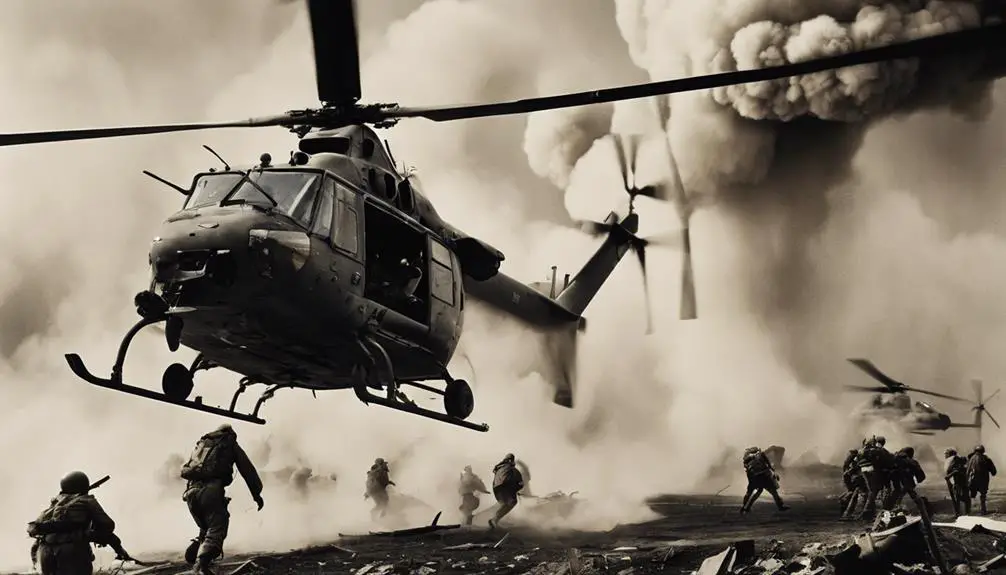
You'll often hear military personnel throwing around slang terms like 'bug out' or 'exfil' in modern military operations, which serve as a shorthand way to communicate complex ideas quickly and efficiently. These slang terms have become an integral part of military jargon, allowing personnel to convey complex information swiftly and accurately. In modern military operations, effective communication is essential, and slang terms help bridge the gap between different languages and cultures. However, with the rise of social media, military jargon has spilled over into the digital world, often causing confusion among civilians. Additionally, language barriers in multinational coalitions can hinder communication, making slang terms a critical tool in facilitating understanding. For instance, during joint operations, a simple phrase like 'extract' can convey a complex evacuation plan, saving precious time and lives. By understanding military slang, you'll gain insight into the complex world of modern military operations.
Common Misconceptions Debunked
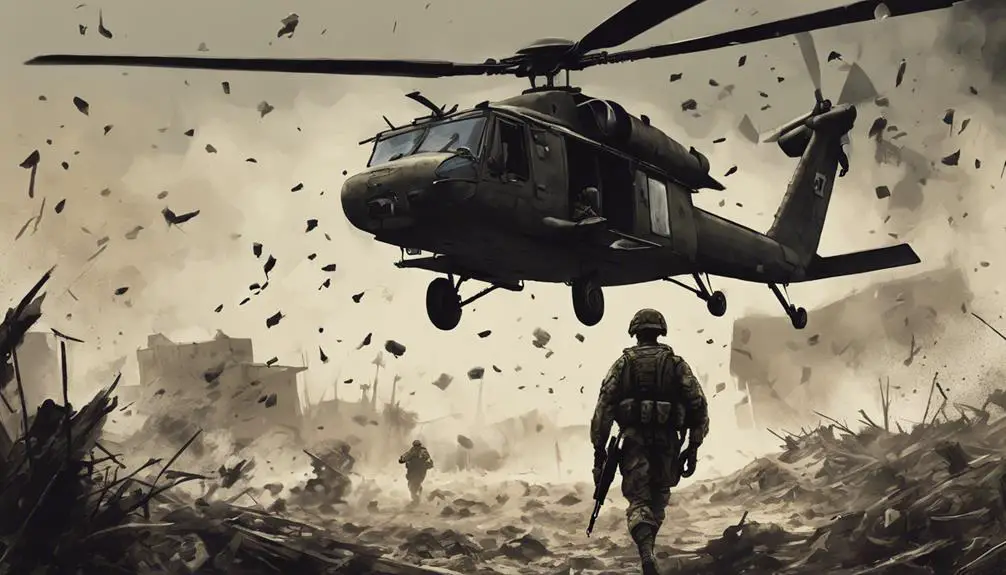
Misconceptions about military slang often stem from a lack of understanding about its purpose and usage in modern military operations. You might think that military slang is just a bunch of made-up words used by soldiers to sound cool, but that's far from the truth. In reality, military slang serves an essential purpose in high-stress situations, allowing soldiers to communicate quickly and efficiently.
One common misconception root is the assumption that military slang is universally understood and used across all branches. However, each branch has its own unique slang, tailored to their specific needs and operations. Another misconception myth is that military slang is only used by enlisted personnel, when in fact, officers also use and understand these terms.
Understanding the true purpose and usage of military slang can help debunk these misconceptions. By recognizing the importance of military slang in real-world operations, you'll realize it's not just a bunch of jargon, but a crucial tool for communication in high-pressure situations.
Evolution of Evacuation Lingo Over Time
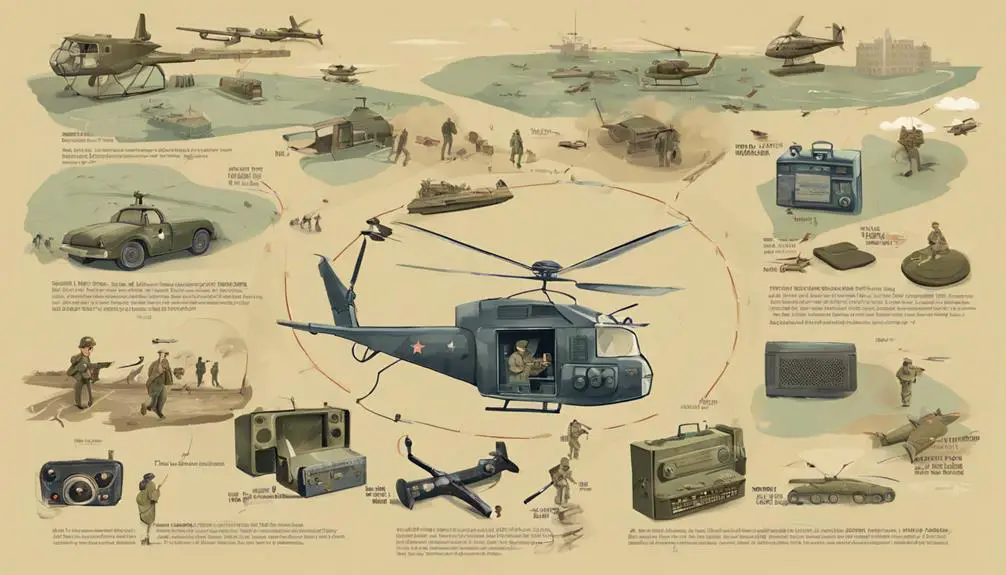
As you explore the world of military slang, it's fascinating to investigate how evacuation lingo has transformed over time, adapting to new technologies, tactics, and operational environments. From ancient civilizations to modern-day conflicts, evacuation protocols have played an essential role in military operations. In ancient warfare, evacuation protocols were often simplistic, relying on manual labor and basic transportation methods. The ancient Greeks, for instance, used triremes to evacuate troops during the Peloponnesian War.
Historical events have greatly influenced evacuation terminology. The Vietnam War, for example, introduced the term 'dust-off' to describe medical evacuations by helicopter. The Gulf War saw the introduction of 'CASEVAC' (casualty evacuation), highlighting the importance of rapid medical response. More recently, the wars in Afghanistan and Iraq have led to the development of advanced evacuation protocols, including the use of unmanned aerial vehicles (UAVs) for reconnaissance and medevac operations. As you explore further into the world of military slang, it becomes clear that evacuation lingo has evolved significantly over time, reflecting the dynamic nature of modern warfare.
Frequently Asked Questions
Are Military Evacuation Codes Used in Civilian Rescue Operations?
When responding to emergency situations, you might wonder if military evacuation codes are used in civilian rescue operations. In reality, civilian emergency response teams don't typically adopt military codes. Instead, they use standardized communication protocols. For instance, a 'Code Red' might signal a high-priority emergency response. In civilian contexts, emergency responders rely on specific protocols and terminology to guarantee efficient communication during critical situations.
Can Civilians Use Military Evacuation Slang in Emergency Situations?
In a life-or-death emergency, you're not thinking about linguistic barriers. But what if, in the chaos, you try to use military evacuation slang to get help, only to be met with confusion? Can civilians use military evac terminology in emergency situations? The short answer is, it's strongly advised against. Without proper training, using military evac terminology can create more confusion, hindering response times. It's crucial to stick with universally understood language to guarantee a swift, effective response.
Do Military Evacuation Teams Use Standard Medical Protocols?
When you're part of a military evacuation team, you'll typically follow standard medical protocols. This means adhering to triage procedures, which prioritize patients based on the severity of their injuries. Medical prioritization is vital, as it guarantees those most in need receive immediate attention. You'll categorize patients into immediate, delayed, or minor categories, ensuring the most critical cases are treated first, increasing their chances of survival.
Are Military Evacuation Procedures the Same in All Countries?
When you consider evacuation procedures, you might assume they're standardized globally. However, military evacuation procedures vary across countries, shaped by national regulations and international coordination. While some countries may adopt similar protocols, others may have unique requirements. As you explore international coordination efforts, you'll find that each nation adapts procedures to suit its specific needs, resulting in distinct evacuation procedures worldwide.
Can Military Evacuation Slang Be Used in Non-Combat Situations?
In non-combat situations, you'll find that evacuation slang can be helpful in emergency responses. Imagine yourself in a high-stress scenario, where every second counts. Evacuation drills, for instance, can benefit from using concise, clear language to guarantee a swift response. In this scenario, using military evacuation slang can streamline communication, saving precious time. However, it's crucial to take into account the audience's familiarity with the terminology to avoid confusion.

